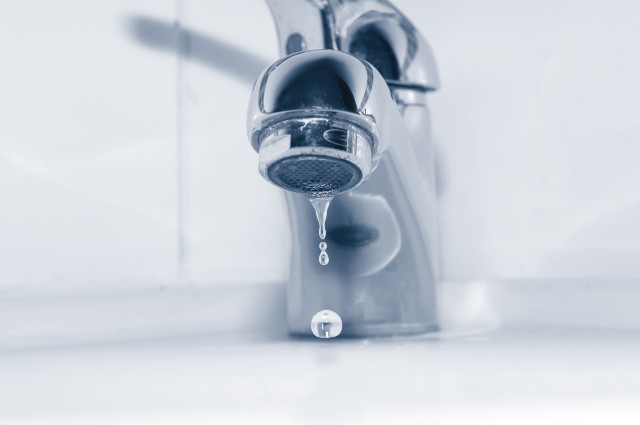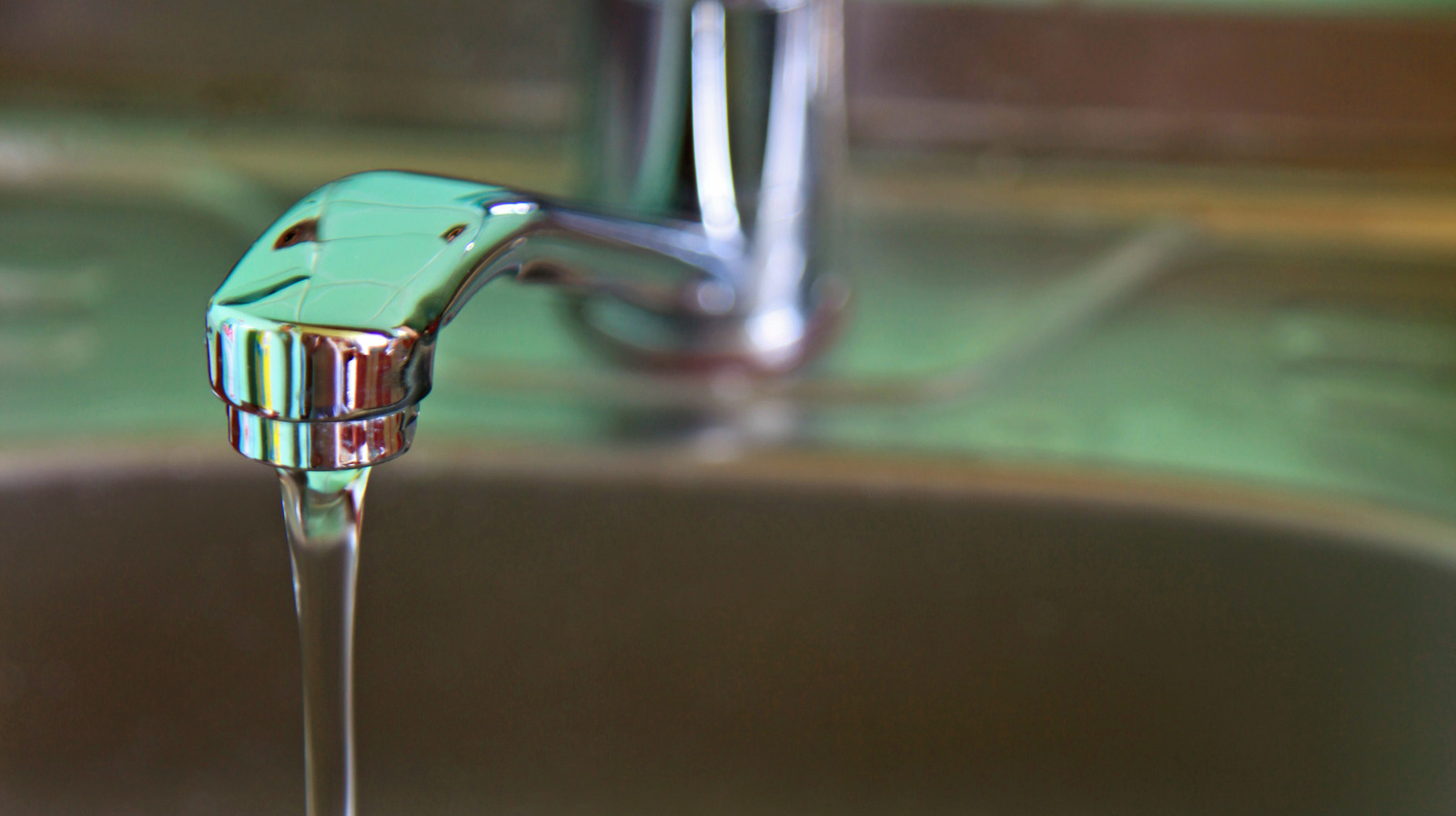The article author is making a number of great pointers about How To Fix A Leaky Tap In 5 Easy Steps in general in this great article below.

Introduction
A dripping tap is not only irritating however can also squander a substantial quantity of water and lead to raised energy costs. In this detailed guide, we'll walk you via the process of fixing a leaky faucet, enabling you to save water and money while preserving your plumbing system.
Gathering Tools and Materials
Before you start, collect the needed tools and products for the repair service. You'll typically require a flexible wrench, screwdrivers, replacement washers or seals, plumber's tape, and a cloth or towel to clean up any kind of spills.
Turning Off Supply Of Water
Find the shut-off shutoff for the influenced faucet and turn it clockwise to shut down the supply of water. If you're unable to find the shut-off valve, you might require to shut down the major water system to your home.
Dismantling the Tap
Utilize a screwdriver to eliminate the handle of the faucet, exposing the interior parts. Depending upon the type of faucet, you may need to loosen a cap or collar to access the valve setting up.
Examining for Damages
Once you have actually revealed the valve setting up, check it for any kind of indicators of damages or wear. Typical wrongdoers of a dripping faucet include damaged washing machines, O-rings, or seals.
Changing Faulty Parts
If you recognize any type of broken or worn-out parts, very carefully eliminate them making use of a wrench or pliers and change them with new ones. Make certain to utilize the proper size and type of replacement components for your tap.
Reconstructing the Faucet
After changing the defective parts, very carefully rebuild the faucet in the reverse order of disassembly. Guarantee that all parts are correctly aligned and tightened to stop future leakages.
Evaluating for Leaks
Once the tap is reconstructed, transform the water system back on and test the tap for leaks. If you observe any type of leakages, ascertain the links and tighten them as required.
Making Certain Appropriate Capability
After validating that the faucet is leak-free, test its capability by transforming it on and off a number of times. Guarantee that the faucet operates efficiently and with no uncommon noises or resistance.
Tidying up
Ultimately, clean up any kind of debris or spills from the repair procedure and dispose of any old or damaged elements properly. Leaving the workplace spick-and-span makes certain a specialist surface to your repair.
Verdict
Fixing a leaky faucet is a relatively easy do it yourself task that can conserve you cash on water expenses and avoid further damage to your plumbing system. By following this detailed guide, you can deal with the repair with confidence and appreciate the benefits of a leak-free tap.
Fixing a Leaking Tap: Causes, Solutions, and Water Conservation
Causes and Signs
Worn-Out Washers: The tap washer, rubber or metal, creates a seal within the tap assembly. Over time, the old washer can deteriorate, leading to water seepage and a dripping tap. High Water Pressure: Excessive water pressure can strain tap components, causing leaks. The forceful water flow exerts pressure on the washers and other sealing mechanisms, resulting in a dripping tap. Faulty O-Rings: O-rings, usually made of rubber, provide a watertight seal between moving parts of the tap. If the O-rings become worn or loose, they can cause water to leak, resulting in a dripping tap and potential water damage to your property. Signs of a Dripping Tap
Audible Dripping Sounds: If you hear the sound of water droplets hitting the sink or basin, it’s a clear indication of a dripping tap. Puddles or Stains: Notice any puddles of water or stains around the tap area or on the sink surface. These signs suggest a dripping tap that requires attention. Reduced Water Flow: A dripping tap can affect the overall water flow, resulting in reduced pressure when using the tap. Gather the Necessary Tools
Adjustable spanner Screwdriver – flathead or Philips’s head New washers Towels or rags Turn Off the Water Supply
Find the isolation valve beneath the sink or by the tap and turn it clockwise to shut off the water supply.
Disassemble the Tap
Use a screwdriver to carefully remove the tap handle, exposing the internal components. Take note of the order and arrangement of the parts as you disassemble the tap. This will aid in reassembling it correctly later on. (We recommend taking photos on your phone for a no-fuss solution).
Inspect and Replace the Washer
Inspect the washer located at the bottom of the tap assembly. If it appears worn out or damaged, replace it with a new washer of the correct size and type. This simple replacement can often resolve the dripping tap issue.
Tips for Responsible Water Usage
Regular Inspection and Maintenance: Conduct periodic inspections of all taps in your home to identify potential leaks or drips. Timely repairs prevent water wastage and maintain the efficiency of your plumbing system. Install Water-Efficient Taps: Consider replacing old taps with water-efficient models that are designed to minimise water consumption. Look for taps equipped with aerators and flow restrictors to regulate water flow without compromising functionality. Conscious Water Usage: Develop mindful habits such as turning off the tap while brushing your teeth or soaping your hands. Additionally, use full loads when running dishwashers and washing machines to maximise water efficiency. Monitor Your Water Bill: Keep track of your water consumption by regularly monitoring your water bill. Any sudden increases may indicate a leaking tap or other issues that require attention. When to Seek Professional Help
Persistent Leaks: If your attempts to fix the dripping tap are unsuccessful or the problem keeps recurring, it may indicate an underlying issue that requires professional attention. Complex Repairs: In cases where the tap assembly is intricate, or the repair involves specialised knowledge, it’s advisable to seek professional help to ensure the problem is resolved effectively. https://proudplumbingandgas.com.au/blog/a-complete-guide-to-fixing-a-leaking-tap/

I came across that entry about How to Fix a Leaky Faucet while perusing the internet. Sharing is caring. You just don't know, you may be helping someone out. Many thanks for being here. Revisit us soon.
Book My Estimate